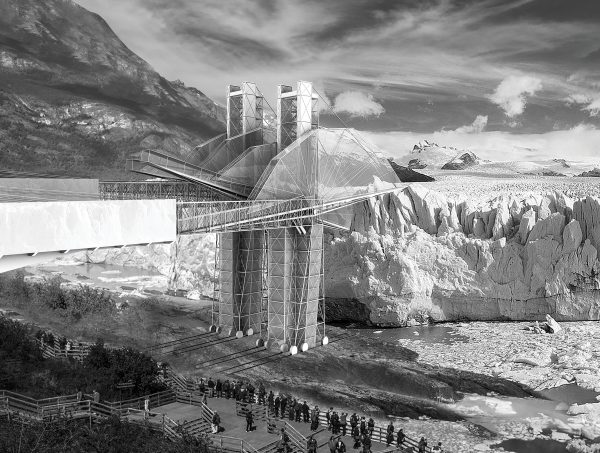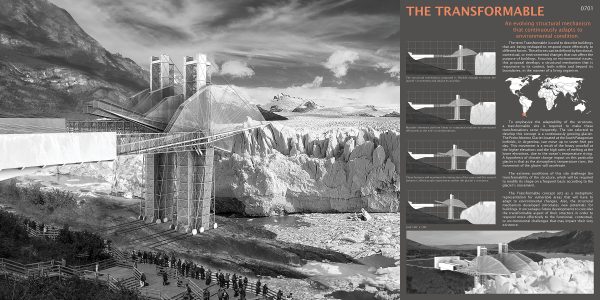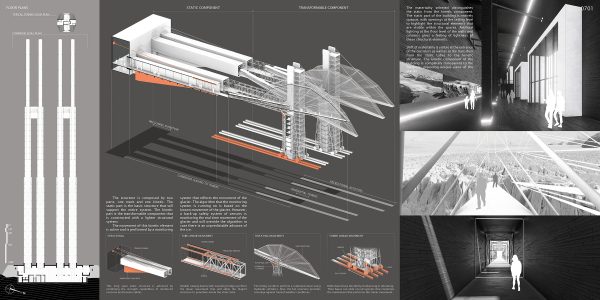Editors’ Choice
2020 Skyscraper Competition
Konstantina Kritharidou
United States
The term Transformable is used to describe buildings that are being reshaped to respond more effectively to different forces. These forces can be defined by functional, contextual, or environmental changes that can affect the purpose of buildings. Some types of transformations can be additive components, expandable elements, or even shape-shifting of the entire structure, the scale of which may vary from small kinetic components to the entire structure of the building.
The Transformable concept reflects the rising need for buildings to adapt to the fast-paced and complex demands of societies. An adaptable structure will also respond to economical, ecological, as well as ethical issues. In recent days, anything that cannot be modified to satisfy the new needs is easily being replaced. Materials are not recycled but thrown away, and this phenomenon keeps accelerating as demands grow. This situation forms today’s challenge which is related to climate change. The environmental changes are forcing us to explore innovative design configurations that will maximize the buildings’ sustainable aspect during its lifespan.
Focusing on environmental issues, this proposal develops a structural mechanism that is responsive to its context, both within and beyond its boundaries, in the manner of a living organism.
To emphasize the adaptability of the structure, a transformable site is required to make these transformations occur frequently. The site selected to develop this concept is continuously growing glacier. The Perito Moreno Glacier located at the South Patagonian Icefields, in Argentina, can move up to seven feet per day. This movement is a result of the heavy snowfall at the higher elevations and the high rates of melting at the lower elevations, due to the ocean’s temperature rising. A hypothesis of climate change impact on this particular glacier is that as the atmospheric temperature rises, the movement of the glacier will accelerate.
The extreme conditions of this site challenge the transformability of the structure, which will be required to modify its shape on a frequent basis according to the glacier’s movement. The structural mechanism proposed is flexible enough to sense the glacier’s forces and adapt its movement through a monitoring system, either by advancing or retreating its position, and even rotating its components to reach the glacier’s surface.
These features will maximize the interaction between the users and this natural behavior, offering safe and unique experiences within the crevasses of the glacier as well as allowing the study of this phenomenon. Simultaneously, the rapid transformations of the structure to the site’s conditions demonstrate mankind’s ability to adapt to new demands.
This condition acts as a metaphoric representation for vulnerable areas that will have to adapt to environmental changes. Also, the structural mechanism developed introduces new potentials for buildings. It encourages future developments to consider the transformable aspect of their structure in order to respond more effectively to the functional, contextual, or environmental forces of their site. Such structures will be able to successfully respond to the changing needs and support the progress of dynamic societies.

















